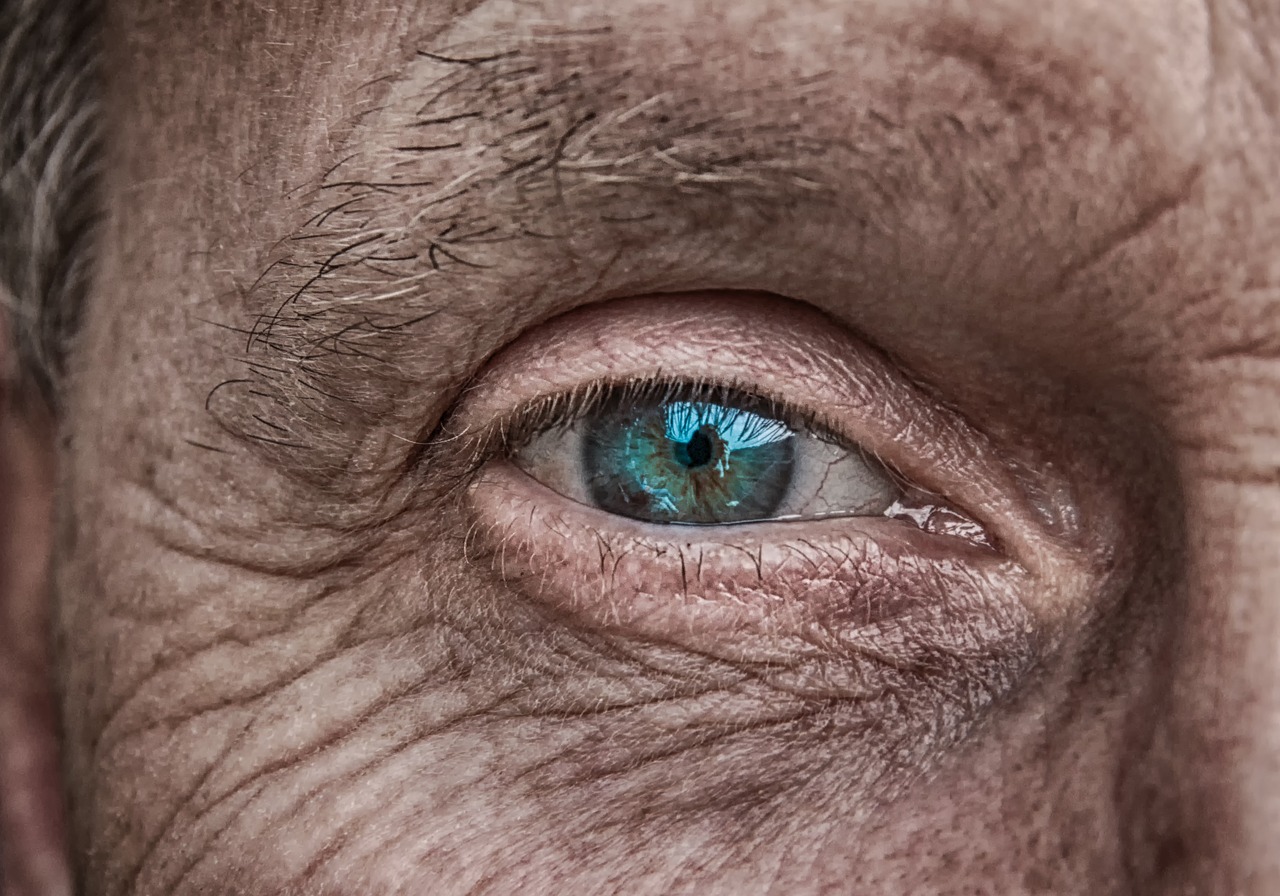
Pre-reading questions:
I will read each question. Then, please answer them.
- Do you wear eyeglasses? Why or why not?
- What technology is very useful nowadays? Why?
Vocabulary:
I will read the words, meanings, and sample sentences. Then, repeat after me.
- vision /VIZH-uhn/
- artificial /ahr-tuh-FISH-uhl/
- retina /RET-n-uh/
- submit /suhb-MIT/
- convert /kuhn-VURT/
[noun] – the ability to see
Her left eye has very limited vision.
[adjective] – made by people, often as a copy of something natural
Her bouquet was comprised entirely of artificial flowers.
[noun] – the area at the back of the eye that receives light and sends pictures of what the eye sees to the brain
This is an incurable condition of the retina which caused almost total blindness.
[verb] – to give or offer something for a decision to be made by others
Your application must be submitted by January 1st.
[verb] – to (cause something or someone to) change in form or character
Could the small bedroom be converted into a second bathroom?
Article reading:
Please read the whole article. Then, I will check your pronunciation and intonation.
Once upon a time, there were some special Australian sheep with amazing vision. The small group had bionic, artificial eyeballs surgically inserted behind their retinas for three months last year. These sheep were part of a medical trial aimed at restoring sight to people who have lost it due to certain types of blindness. As a result, an application to initiate human patient testing has been submitted.
The initiative is being carried out by a group of researchers from the University of Sydney and the University of New South Wales. The Phoenix 99 works by stimulating a user’s retina and is connected to a small camera attached to a pair of spectacles through a wireless connection. The retina is a layer of light-sensitive cells in the back of the eye that converts light into electrical signals.
According to the World Health Organization, at least 2.2 billion people around the world suffer from vision impairment, which can range from mild to severe blindness. The WHO says that the cost of missed productivity to the global economy is more than $25 billion (£19 billion) per year. Although the use of bionic eye systems to treat blindness is still in its early stages, one analysis projects that the industry would be worth $426 million by 2028 because of rapid technological improvements.
The initiative is being carried out by a group of researchers from the University of Sydney and the University of New South Wales. The Phoenix 99 works by stimulating a user’s retina and is connected to a small camera attached to a pair of spectacles through a wireless connection. The retina is a layer of light-sensitive cells in the back of the eye that converts light into electrical signals.
According to the World Health Organization, at least 2.2 billion people around the world suffer from vision impairment, which can range from mild to severe blindness. The WHO says that the cost of missed productivity to the global economy is more than $25 billion (£19 billion) per year. Although the use of bionic eye systems to treat blindness is still in its early stages, one analysis projects that the industry would be worth $426 million by 2028 because of rapid technological improvements.
Comprehension questions
I will read each question. Then, please answer them based on the article.
- Who is carrying out the initiative mentioned in the article?
- What is the name of the bionic eye technology?
- What is the function of the retina?
- How many people suffer from vision impairment?
- How much would the price of the bionic eye technology be by the year 2028?
Discussion questions
I will read each question. Then, please answer them.
- How healthy are your eyes? Could you please tell me more about it?
- How do you keep your eyes healthy? Please elaborate on your answer.
- If you were blind, would you purchase this bionic eye technology? Why or why not?
- Do you support this bionic eye technology?
- What can you say about the scientists who work on this kind of technology? Please elaborate on your answer.